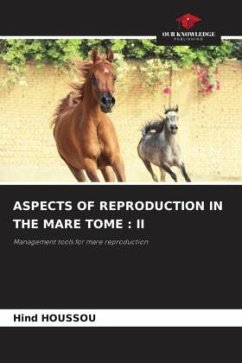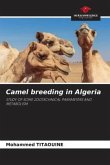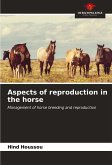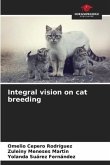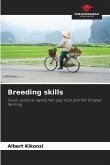Equine fertility is influenced by extrinsic factors (diet, stress, infectious diseases) that can be optimized by good management and prevention, as well as by intrinsic factors (age, anatomical conformation, genital disorders) that can be improved by good gynecological monitoring. The breeder's objectives are to obtain one foal per mare per year and the second objective is to obtain a foal as early as possible in the year. Most of the time, the approach to the question of reproduction in equines focuses on the female, while missing the male factor, which is little studied. The mare occupies the first place in all studies that deal with anatomy, physiology, performance, profitability, zootechnics and breeding. This work, through the bibliographic study will allow to prepare the research works on the reproduction of the mare.

